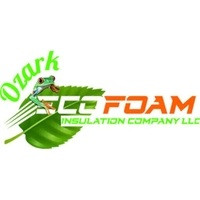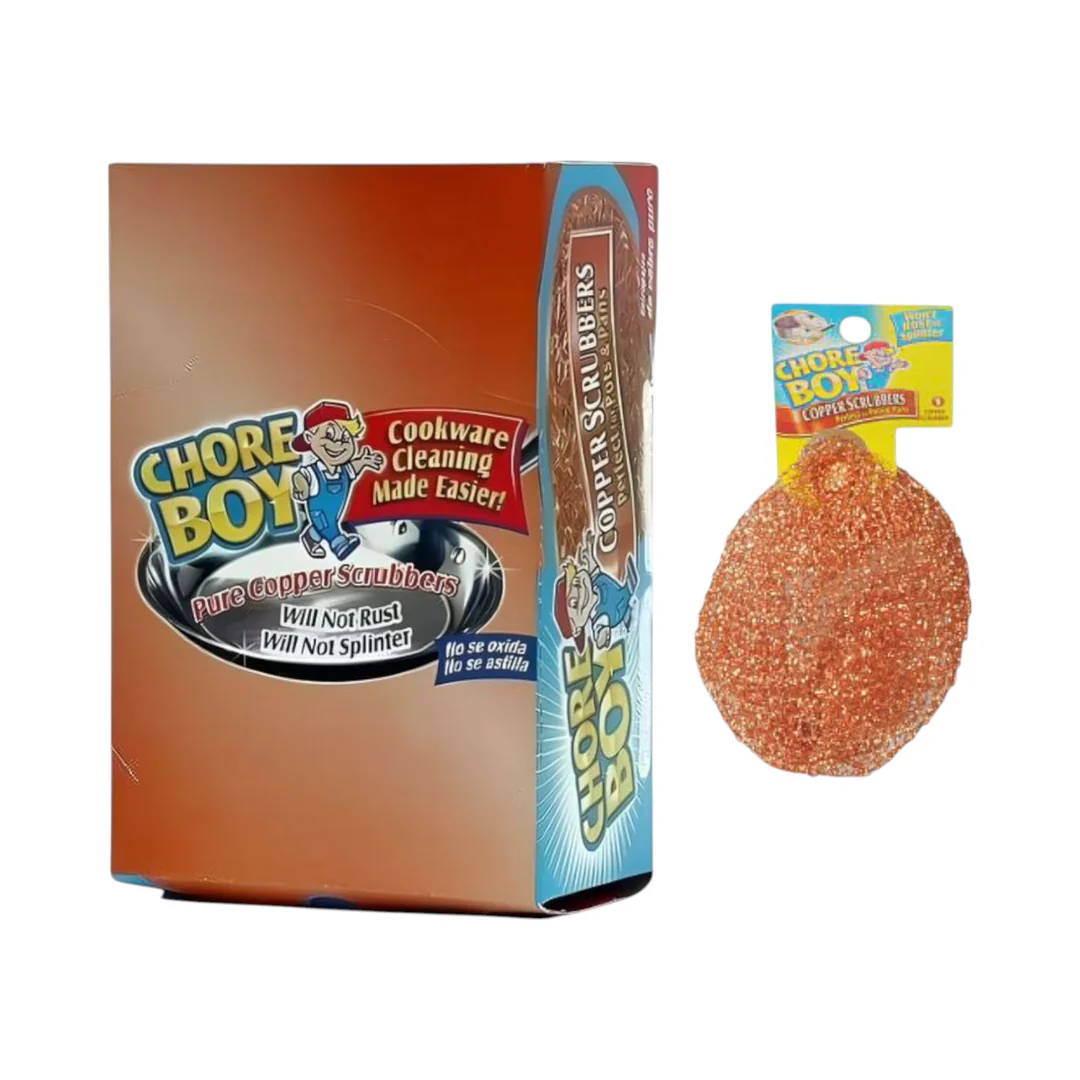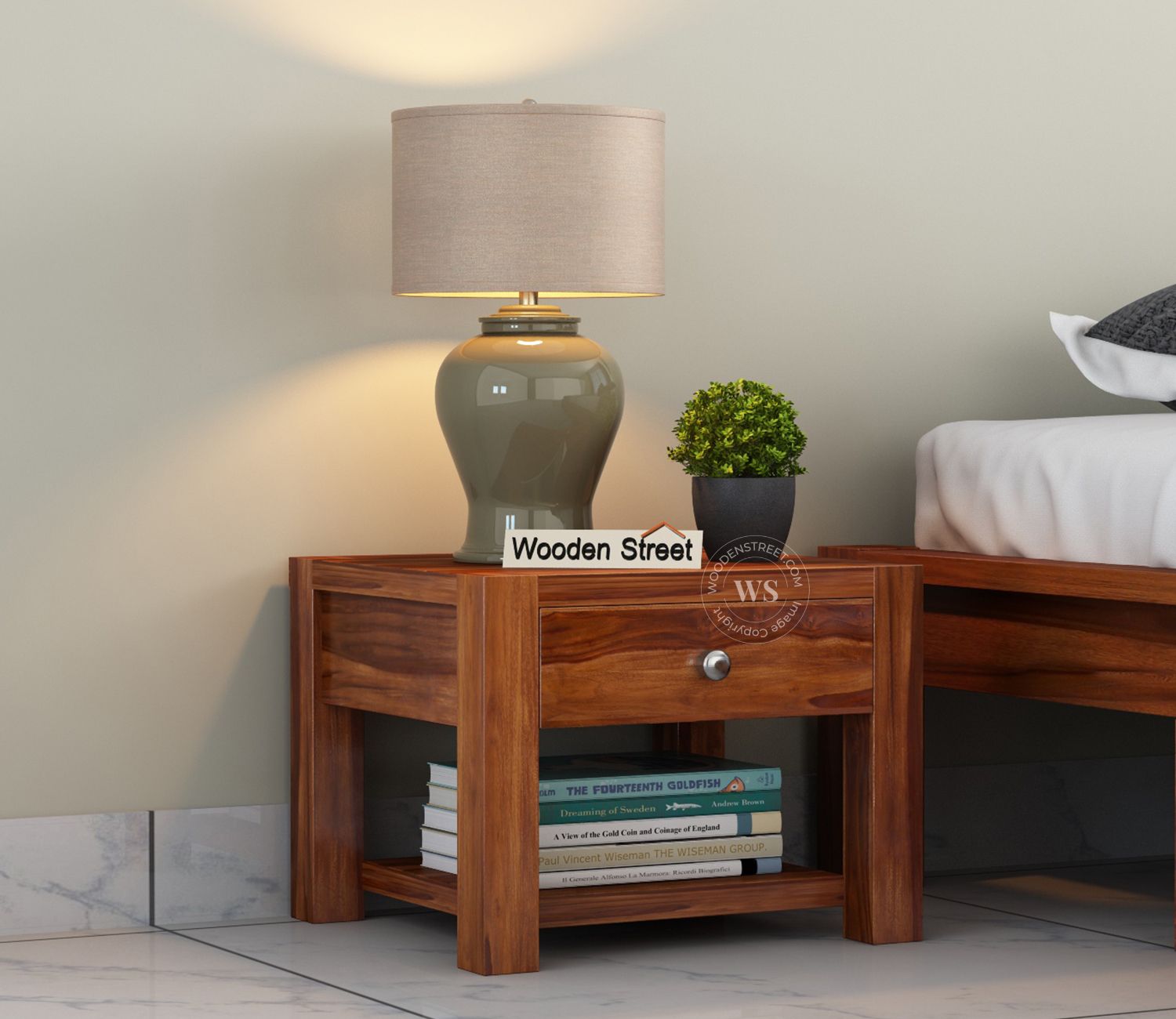The Role of a Spray Foam Insulation Contractor in Passive House Construction

Strong 8k brings an ultra-HD IPTV experience to your living room and your pocket.
A spray foam insulation contractor plays a critical role in achieving Passive House standards by creating the airtight, thermally continuous envelope essential for ultra-low energy performance. These experienced insulation professionals deliver the precise air sealing and thermal bridging elimination that traditional insulation methods cannot achieve in Passive House construction.
Professional spray foam insulation contractor understand that Passive House requirements demand exceptional attention to detail and performance metrics that exceed conventional building standards. Advanced insulation specialists use spray foam to achieve the continuous thermal barriers and air tightness levels necessary for Passive House certification, typically requiring air changes per hour of 0.6 or less at 50 Pascals pressure differential.
Understanding Passive House Insulation Requirements
Passive House construction demands performance levels far beyond conventional building standards. Local insulation professionals working on these projects must understand specific requirements that drive material selection and application methods.
Passive House Performance Standards
Home insulation experts recognize that meeting these stringent requirements requires materials and installation techniques that eliminate even minor thermal bridges and air leakage paths.
Bonus Tip: Document blower door test results throughout construction phases to verify air tightness targets are maintained during the building process.
Spray Foam Applications in Passive House Design
Residential insulation providers use different spray foam approaches depending on Passive House design strategies and climate zone requirements. Each application method addresses specific thermal performance and air sealing challenges.
Primary Application Areas
Certified insulation personnel focus spray foam installation on critical areas where air sealing and thermal continuity are most challenging to achieve with other materials.
Foundation Integration
Spray foam creates seamless transitions between foundation systems and above-grade wall assemblies. This continuity eliminates the thermal bridging that commonly occurs at foundation-to-wall connections in conventional construction.
Roof Assembly Sealing
Passive House roof systems require exceptional air tightness at complex connection points. Spray foam fills irregular spaces around structural members, creating monolithic air barriers that traditional materials cannot achieve.
Technical Specifications for Passive House Applications
Advanced insulation professionals must understand specific spray foam properties that contribute to Passive House performance. These technical requirements guide material selection and installation protocols.
Spray Foam Performance Comparison for Passive House
Trusted insulation pros select foam formulations based on specific assembly requirements and performance targets for each Passive House project.
Installation Quality Requirements
Coordination with Passive House Design Teams
Spray foam insulation near me searches often lead to professionals who understand the collaborative nature of Passive House construction. Insulation teams nearby must coordinate closely with architects, engineers, and other trades to ensure thermal envelope integrity.
Design Integration Process
Experienced insulation professionals participate in design development to identify optimal spray foam applications and coordinate with other building systems. This early involvement prevents conflicts and ensures thermal envelope continuity.
Quality Assurance Protocols
Professional foam advisors implement comprehensive quality control measures throughout installation. These protocols include surface preparation verification, thickness measurement, and intermediate air tightness testing.
Bonus Tip: Use thermal imaging during and after installation to identify potential thermal bridges or coverage gaps before final air tightness testing.
Things to Consider Before Making a Decision
Selecting the right spray foam approach for Passive House construction requires careful evaluation of project-specific factors and long-term performance requirements.
Project Complexity Assessment
Evaluate the complexity of your Passive House design and thermal envelope requirements. Complex geometries and multiple material transitions may require specialized spray foam applications and experienced installation teams.
Climate Zone Considerations
Different climate zones present unique challenges for Passive House construction. Consider local weather patterns, temperature extremes, and humidity conditions when selecting spray foam specifications and installation timing.
Certification Requirements
Understand specific Passive House certification requirements for your project. Different certifying bodies may have varying requirements for insulation materials and installation documentation.
Long-Term Performance Expectations
Consider the 50+ year lifespan expectations of Passive House buildings. Select spray foam systems with proven long-term stability and performance characteristics that maintain air tightness over decades.
Bonus Tip: Request detailed installation schedules that account for weather conditions and coordinate with other trades to prevent damage to completed spray foam installations.
Common Questions About Spray Foam in Passive House Projects
How does spray foam installation differ for Passive House construction?
Passive House applications require more precise installation techniques, stricter quality control measures, and often thicker application depths to achieve required R-values and air tightness levels.
Can spray foam alone meet all Passive House insulation requirements?
While spray foam provides excellent air sealing, Passive House projects often use hybrid systems combining spray foam for air sealing with other high-performance insulation materials to achieve required R-values economically.
What documentation is required for Passive House spray foam installation?
Documentation typically includes material specifications, R-value calculations, air permeability test results, installation photos, and third-party verification of coverage and thickness.
How do weather conditions affect spray foam installation in Passive House projects?
Weather conditions significantly impact spray foam curing and performance. Passive House projects require strict environmental controls during installation to ensure optimal foam properties and performance.
Frequently Asked Questions
Q: What makes spray foam installation for Passive House different from standard construction? A: Passive House requires significantly higher precision in coverage, thickness control, and air sealing performance. Installation tolerances are much tighter, and quality verification is more comprehensive.
Q: Can existing buildings achieve Passive House standards using spray foam retrofits? A: Spray foam retrofits can dramatically improve building performance, but achieving full Passive House standards typically requires comprehensive building envelope upgrades beyond insulation alone.
Q: How long does spray foam installation take for a Passive House project? A: Installation duration depends on building size and complexity, but Passive House applications often require additional time for precise application techniques and quality verification steps.
Q: What certifications should spray foam installers have for Passive House work? A: Look for installers with spray foam manufacturer certifications, Passive House training, and experience with high-performance building construction techniques.
Q: How is spray foam performance verified in Passive House construction? A: Verification includes blower door testing, thermal imaging analysis, material property documentation, and sometimes third-party inspection of installation quality and coverage.
Ready to Achieve Passive House Performance Standards
Spray foam insulation professionals play an essential role in Passive House construction success through precise air sealing and thermal bridging elimination. The advanced techniques and quality standards required for these projects demand experienced professionals who understand ultra-high-performance building requirements.
Transform your Passive House project with expert installation: Schedule your specialized Passive House consultation with Ozark Eco Foam Insulation. Their experienced team understands the precise requirements and advanced techniques necessary for achieving Passive House certification standards.
Contact Ozark Eco Foam Insulation:
- Phone: (620) 383-9092
- Email: [email protected]
Author and Reviewer:
Author: Jeremy Fields brings over a decade of experience in construction and business to Ozark Eco Foam. With a background in both residential and commercial projects, he focuses on completing each insulation job with accuracy and attention to detail. Ozark Eco Foam reflects his commitment to quality work and practical solutions built on years of hands-on industry knowledge.
Reviewer: Amelia Young contributed insights from 10 years in spray foam insulation. Her review helped sharpen the article's focus on customer engagement and clear service messaging.
Note: IndiBlogHub features both user-submitted and editorial content. We do not verify third-party contributions. Read our Disclaimer and Privacy Policyfor details.







